TSETSE BIOLOGY AND PHYSICS
Tsetse Biology and Physics (Engstler lab)
The tsetse fly gets excited when a fresh bloodmeal is prepared
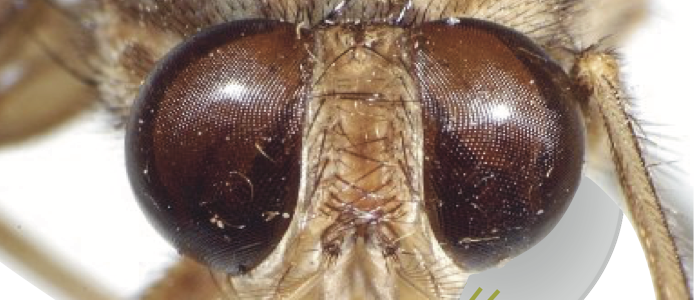
We have to feed the fly every other day with sterile sheep blood.
The trypanosomes travel more than 3 weeks through the fly
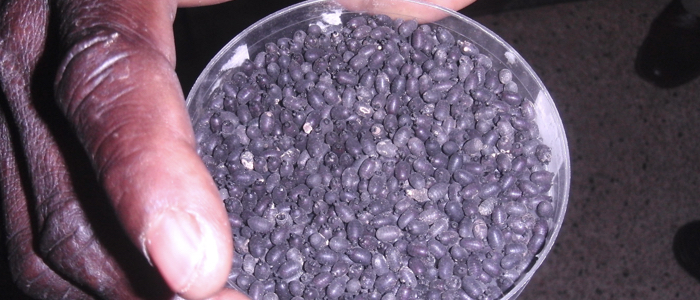
It is known that many life cycle stage transitions occur in the fly. But when, where and how is less studied.
Trypanosomes swim through the tsetse fly
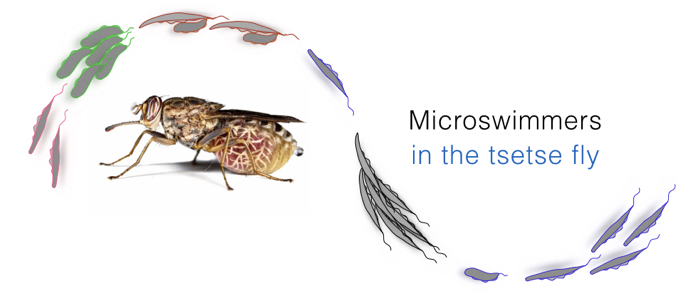
Some forms a capable swimmers, others are more lazy. Many swim together.
The tsetse fly
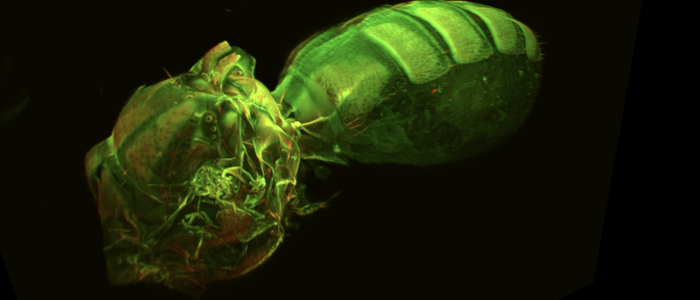
Trypanosomes are taken up by the tsetse fly during a blood meal, whereupon the parasites undergo a complex developmental cycle, while traversing various organs of the tsetse´s alimentary tract. The development involves several genetically fixed physiological changes, allowing the adaptation to significantly different host compartments and striking morphological changes, which greatly influence motile behaviour. Motility is necessary for successful infection and transmission back to the mammalian host and might be of paramount importance for passing several “bottlenecks” in trypanosome development.
We hypothesise that all trypanosome life cycle stages are distinctly capable microswimmers, which are shaped by function in specific microenvironments. Therefore, we consider the trypanosome-tsetse system as particularly attractive for studying flagellate microswimmers in their natural habitats.
A new model system
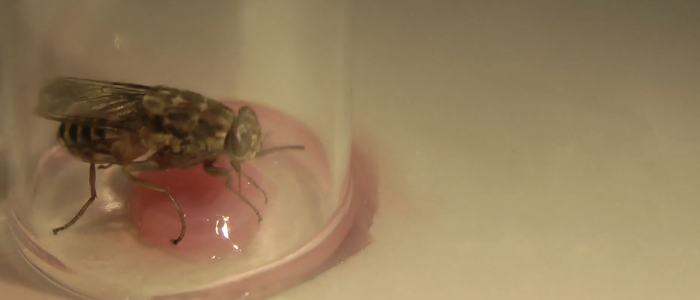
The tsetse system can efficiently bridge in vivo analyses and artificial in vitro systems. We have shown that many aspects of the natural environment can be described with sufficient precision to be mimicked by microfluidic structures. Furthermore, we can isolate any natural developmental stage directly from the tsetse fly and study it in vitro, directly following in vivo analysis. We have detailed on the three-dimensional morphologies of all microswimmer types and their dynamic cellular waveforms, which gives us a realistic assessment of the cellular preconditions for distinctive motile behaviour. This data is not only invaluable for deducing the swimming mechanism of a cell in a certain hydrodynamic or confined environment, including interactions with neighbouring cells. It also allows the development of quantitative mathematic models, as we have previously shown in advanced numerical simulations of BSF trypanosomes.
Select publications
Schuster, S., Krüger, T., Subota, I., Thusek, S., Rotureau, B., Beilhack, A., Engstler, M. (2017) Developmental adaptations of trypanosome motility to the tsetse fly host environments unravel a multifaceted in vivo microswimmer system. eLife, in press
Glogger, M; Stichler, S; Subota, I; Bertlein, S; Spindler, M; Tessmar, J; Groll, J; Engstler, M; Fenz, SF (2017) Live-cell super-resolution imaging of intrinsically fast moving flagellates, Journal of Physics D: Applied Physics,50,7,074004
Bargul JL, Jung J, McOdimba FA, Omogo CO, Adung'a VO, Krüger T, Masiga DK, Engstler M. (2016) Species-Specific Adaptations of Trypanosome Morphology and Motility to the Mammalian Host. PLoS Pathog. 2016 Feb 12;12(2):e1005448. doi: 10.1371/journal.ppat.1005448. ePMID: 26871910
Krüger T, Engstler M. (2015) Flagellar motility in eukaryotic human parasites. Semin Cell Dev Biol. 2015 Oct;46:113-27. doi: 10.1016/j.semcdb.2015.10.034. PMID: 26523344
Alizadehrad D, Krüger T, Engstler M, Stark H (2015) Simulating the complex cell design of Trypanosoma brucei and its motility. PLoS Comput Biol 11: e1003967.
Heddergott N, Krüger T, Babu SB, Wei A, Stellamanns E, Uppaluri S, Pfohl T, Stark H, Engstler M (2012) Trypanosome motion represents an adaptation to the crowded environment of the vertebrate bloodstream. PLoS Pathog 8: e1003023.








